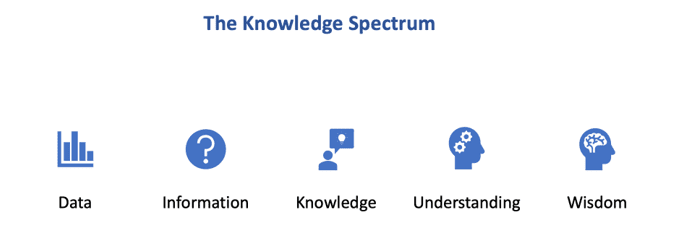Innovation has long been a passion of mine. Stemming possibly, from the childhood urges to take things apart – and occasionally being able to put them together again, still functioning – I have always been driven by a desire to imagine and re-imagine. To understand things and then to conceive of them afresh. Of course, this experience is by no means special but to varying degrees lies at the heart of the human condition.
And, as a species, humans have become pretty good at it. Moreover, over time we’ve become more thoughtful about the process itself and have systematised and refined it to improve success rates. In fact, it seems to have become an obsession as suggested by the frequency of use – or overuse – of the term ‘innovation’.
Of course, we have not always been successful at turning innovation into business reality. Close to home, it has often been noted that the British have an excellent track record in innovation, but much poorer success in commercialisation. This is certainly evident in my own research discipline of diagnostic imaging.
I was delighted earlier this year to spend time in conversation with Heath Gascoigne author of the acclaimed The Business Transformation Playbook and Founder of Hoba Tech, the business transformation consultancy. Our paths had crossed in a variety of business contexts over the years, and it was good to spend a few quality hours sharing stories, strategies, and insights about the innovation-change-transformation arena.
Heath hosts The Business Transformation Podcast, voted in the Top 20 business podcasts for 2021. Heath kindly canned bits of our conversation and edited it as Episode 14 of his podcast – A professor-practitioner perspective.

We had a long, stimulating, and wide-ranging conversation. It is good to bounce around ideas with expert practitioners with a different focus to their practice and coming from a different background, but also to discover commonalities of insights which span our respective worldviews.
Some of the highlights are captured in the podcast but if you don’t have a spare hour to listen to the complete episode, the key takeaways are these:
- Recognise that 70% of transformations fail – either through a lack of business user involvement, a lack of senior leadership commitment, changing requirements, or incomplete requirements – or often all four. Aim for success by eliminating or minimising these fail points at the outset.
- Standardised frameworks and processes are important but repurposed frameworks applied unthinkingly to new contexts can create many complicating issues which can lead to under-performance or often failure.
- Context is king. We need to truly understand the organisation in question – its beating heart, its vision, its purpose, its people.
- Mostly huge attention is given to the technology to be deployed and precious little on the people involved meaning we often can’t leverage the fullest benefits of the technology. This can lead us to the delusions of digital transformation.
- We often face an Information problem – does the information we are generating, processing, and sharing lead to actionable insights?
- It is important to locate ourselves and the processes within the knowledge spectrum.

- A key driver of the transformation is to move the organisation and its people along the knowledge-value chain (KVC)
- Are we constructing the KVC appropriately? Siloed processes can lock-in insights.
- Don’t begin with the answer! Beware confirmation bias – theirs and ours. The prior questions are critical. The uncomfortable questions are important. Surface the known-unknowns – expect the unknown-unknowns. Challenge orthodoxy. Locate the elephant in the room. Make visible the invisible. It’s very hard to retrofit these insights effectively.
- An incredibly common error is: “the answer is ‘digital’ – now what’s the question?”
- Key elements of the analysis are: data, process, technology, and people. Mostly they are tackled in the wrong order. The people piece is essential and proximal.
- Stakeholder engagement is critical – without it, we are holed beneath the waterline.
- The people piece lies at the heart of the culture into which the transformation will fit, and which can enable its success or constrain it to failure.
- Culture eats strategy for breakfast.
- How do we coach people into the innovation space? What might be the new ways of working and behaviours? How to create ownership? How do we invest in that culture so that culture invests in the transformation? Executive coaching is not just an add-on – the coaching mindset needs to be embedded throughout the process.
- Beware creating unhealthy dependencies – internal and external – in that culture.
- Value a psychological bias over a technological bias. The right solution might be the low-tech solution.
- Start with the people – get under their skin – ask the right questions, in the right way, and listen for the answers – spoken and unspoken. Build trust.
- Physicality is important – being present – feeling the pulse – walking the corridors. It explicates the culture gap between narrative and semiotics. It enables trust. It delivers ownership.
- Value quality but contextualise excellence? When is good enough, good enough?
- Invest thoughtfully in the 5Cs: culture – context – challenge – co-create – construct.

I will come back to the 5Cs in more detail in another blog. Meanwhile, happy re-imagining.


